Liquid or powdered pectin is a useful ingredient in the jam and jelly makers arsenal. If you have ever experienced a jam or jelly that just won’t seem to set then you may want to consider using pectin in your next attempt at making it.
Table of Contents
What Is Pectin?
Pectin is a naturally occurring starch called a polysaccharide that helps give structure to the cells within the plant, fruit or vegetable.
It is vitally important to jam and jelly makers because it is the reason why a jam sets properly. The pectin in the fruit combines with sugar to help form a gel that gives a jam it’s characteristic consistency.
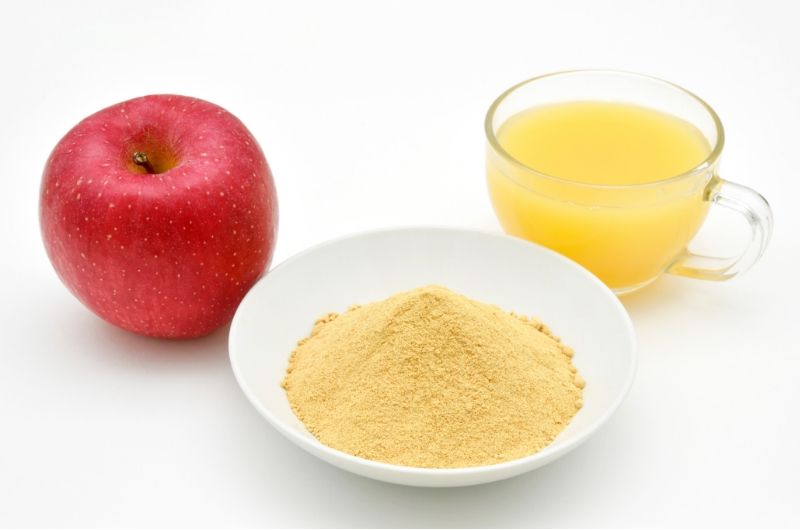
Some fruits have more pectin than others, in particular, citrus fruits and harder fruits like apples are high in pectin whereas soft fruits like strawberries and blueberries are lower in pectin.
This is why it is harder to set a strawberry jam or it ends in a runnier consistency because there is less pectin in the fruit.
Using Pectin In Jam & Jelly Making
Pectin is available in most large supermarkets to be used as an additive in jam and jelly making. The beauty of using a liquid or powdered pectin is that you will be able to get a good, consistent set on almost any jam or jelly.
By adding pectin we can actually make jellies out of ingredients that have next to no pectin in at all. An example of this is a red wine jelly or champagne jelly. I have been able to make these before with no issues getting these to set because I used a store bought liquid pectin.
Can Liquid & Powered Pectin Be Substituted For Each Other?
Both liquid and dry pectin do exactly the same thing, they help to gel a jam or jelly.
However, they do require different treatment so although you can substitute one for the other it will affect how the jam is made.
The key differences between liquid and powdered pectin are:
- When they are added.
- The amount used.
It is important to follow the guidelines on the package of pectin you have bought but generally speaking the following is true.
- Liquid pectin is added after the sugar is added at the end of the jam making process.
- Powdered pectin is added to the fruit or juice which is then cooked out with the sugar being added at the end of the process.

What Is Liquid Pectin?
Liquid pectin is usually extracted from fruit such as apples or citrus fruits.
Pectin is in the cells of the fruit which is boiled in water and an acid, such as lemon juice. This liquid is reduced resulting in concentrated liquid pectin.
The process of creating liquid pectin can be easily achieved at home using a method outlined like in this article.
How Do You Use Liquid Pectin?
To use liquid pectin is quite straightforward. The key thing to remember is to add the liquid pectin at the end of the jam making process whilst it is still simmering.
The jam or jelly is made in the normal way following a recipe. After boiling the fruit with sugar for the specified time in the recipe (usually around 10 – 30 minutes) a measured amount of liquid pectin is added at the end, boiled for a few minutes further, before the jam is added to sterilised jars.
Gelling will happen almost straight away after the pectin is added.
What Is Powdered Pectin?

Powdered pectin is simply a dried form of liquid pectin. It is still made from the same sources, usually from pectin-rich fruits that are processed to extract the pectin from them. The resulting liquid is then dried to form a powder.
By drying into a powder it makes it easier to store the pectin and measuring out the correct amount is easier.
How Do You Use Powdered Pectin?
The use of powdered pectin is slightly different from using liquid pectin so it is important to read the package instructions.
The main difference between liquid and dried pectins is when you add them to the jam or jelly.
Whereas liquid pectin is added when the fruit is simmering after boiling for some time, powdered pectin is added earlier in the process.
Powdered pectin is usually added to the fruit or fruit juice which is then boiled for the time specified by your jam recipe. After this time boiling the sugar is then added to the jam or jelly.
The sugar is added just at the end, the jam will begin gelling almost straight after the sugar is added.
Do You Need To Use Pectin?
Depending on what type of jam or jelly you are making will determine whether or not you might want to use pectin.
The really big benefits of using pectin are they can set a jam or jelly with ingredients with very little pectin at all.
Some jam or jelly recipes will not work without using a liquid/powdered pectin but will open up possibilities to make jellies such as:
- Red Wine Jelly
- Mint Jelly
- Chilli Jelly
- Grape Jam/Jelly
- Cherry Jam/Jelly
- Rosehip Jelly
Soft fruits typically have lower levels of pectin so adding a liquid or powdered form of pectin in these recipes will ensure a stronger set.
It should also be noted, however, that fruits like strawberries, blueberries or peaches can still be made without pectin if you don’t mind a softer set.
Using enough sugar and adding an acid like lemon juice encourages a firmer texture for fruits with only a small amount of pectin but they will never set as firm as a jam made with a fruit such as an apple, plum, gooseberry or orange which have lots of pectin.
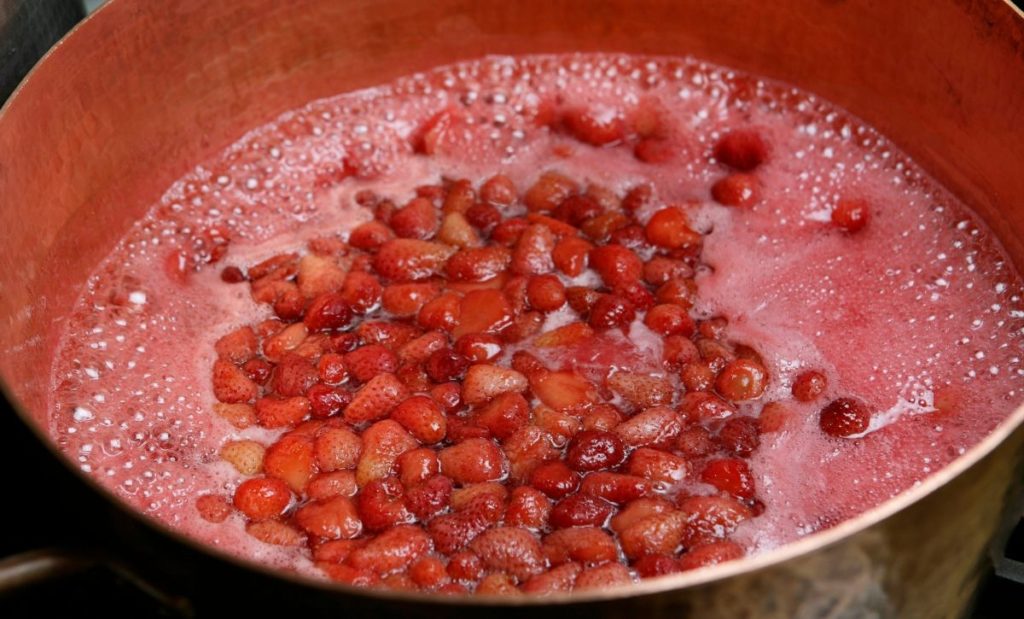
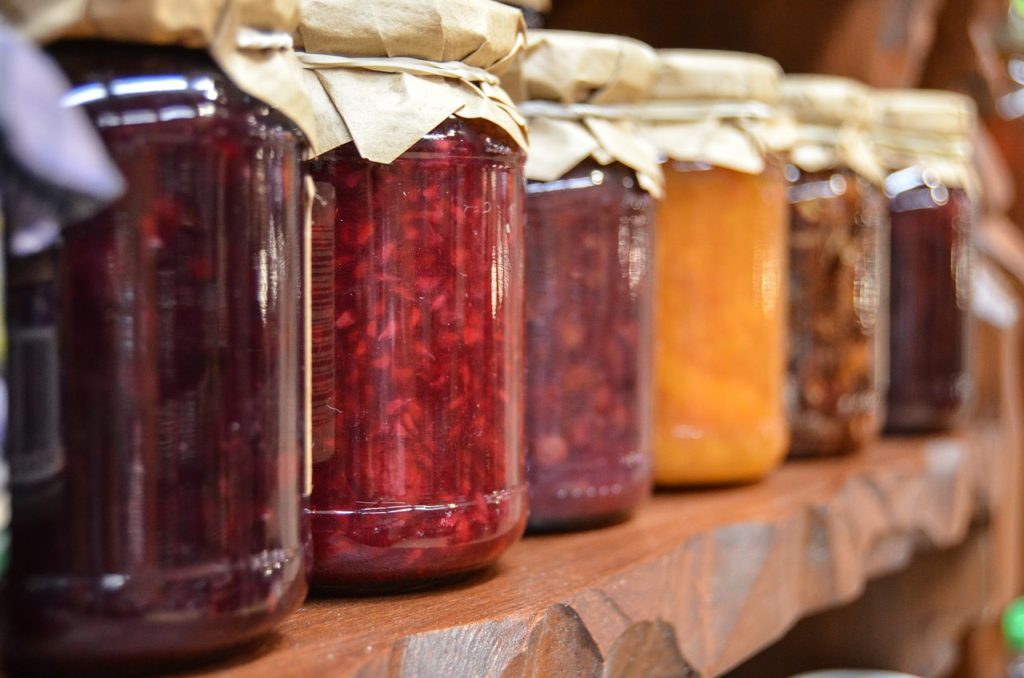
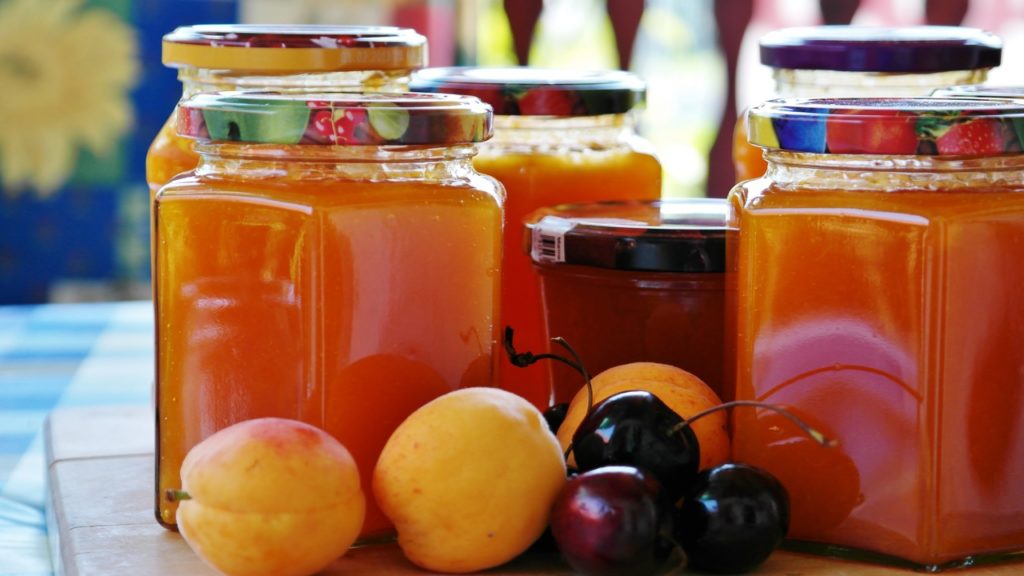
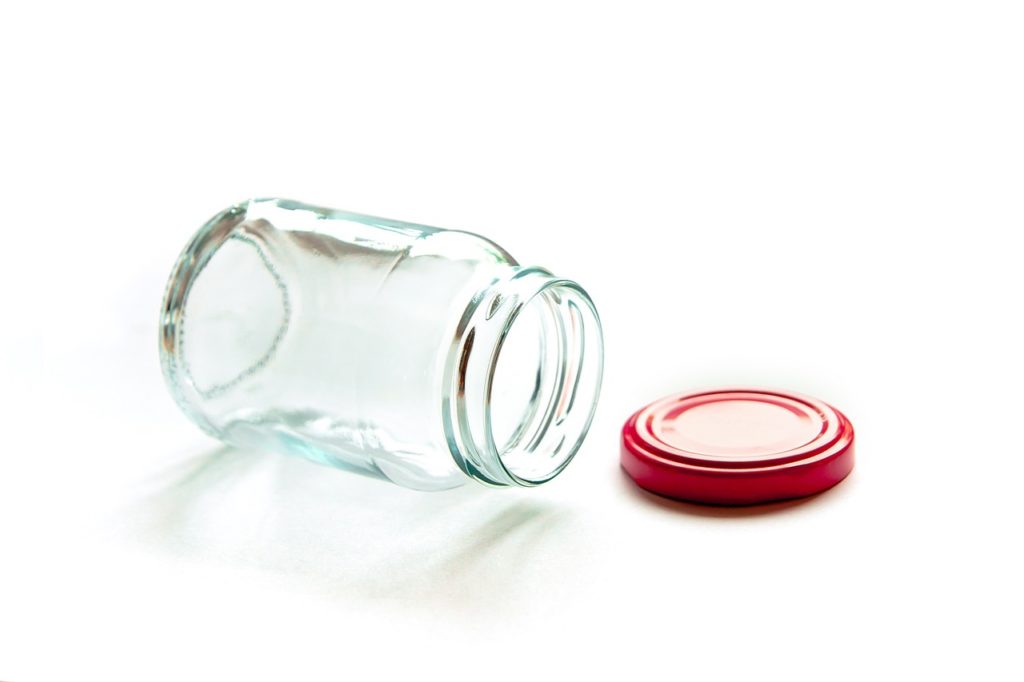
Having added powdered Pectin, how long do you leave the jam to boil. I Have seen 5 mi s mentioned . Is that with every jam and jelly?
After adding the pectin you won’t necessarily see any difference in the thickness of the jam. I add powdered pectin, make sure it is fully mixed and dissolved while boiling and then ladle into jars so 5 minutes sounds about right.
When using powder pectin what proportions do you use in relation to the quantity of fruit ? regards John
It can depend on the brand but it is usually around 0.8% by weight for jam and between 1 – 2% by weight for jellies.
Since liquid pectin already contains citric and lactic acid, is there any reason to add lemon juice, for safe canning purposes? The recipe is a wine jelly. It began with 2 cups white wine but was reduced to 1 cup with boiling, plus 1 cup water, 2 cups sugar and a packet of certo liquid pectin. Just worried about pH with canning.
The pH of wine is typically below 3.8 so you should be fine without adding any further acid, as you say it is in the liquid pectin already to aid gelling. If you are unsure then a pH meter or pH test strips will leave you in no doubt. As long as the pH is below 4.6 then you don’t need to worry.
The information for Pectin is great, I plan to make jam and spreads to save, with the cost of all at makets. My favorite is Plum, that are hard to find.
I plan to experience in other spreads, like apple, Appracots, Rubarb, and Bannaa, even Pumpkin.